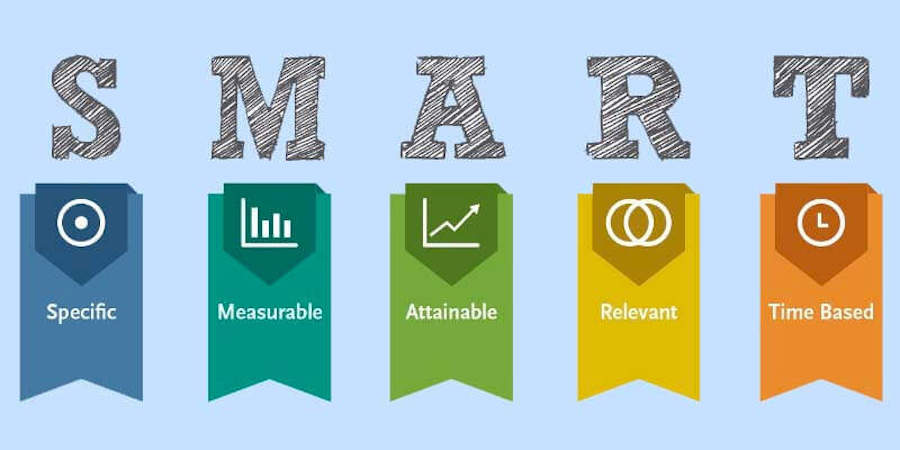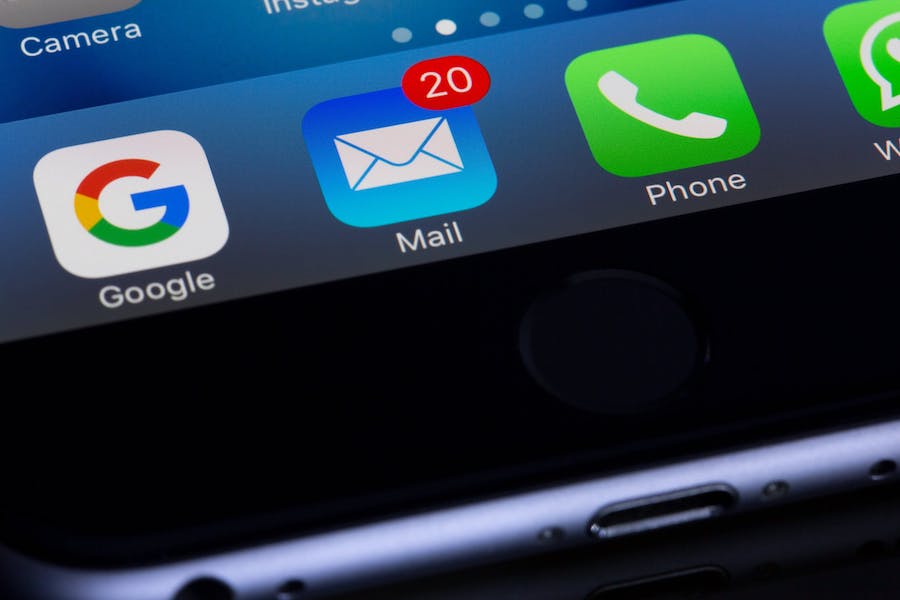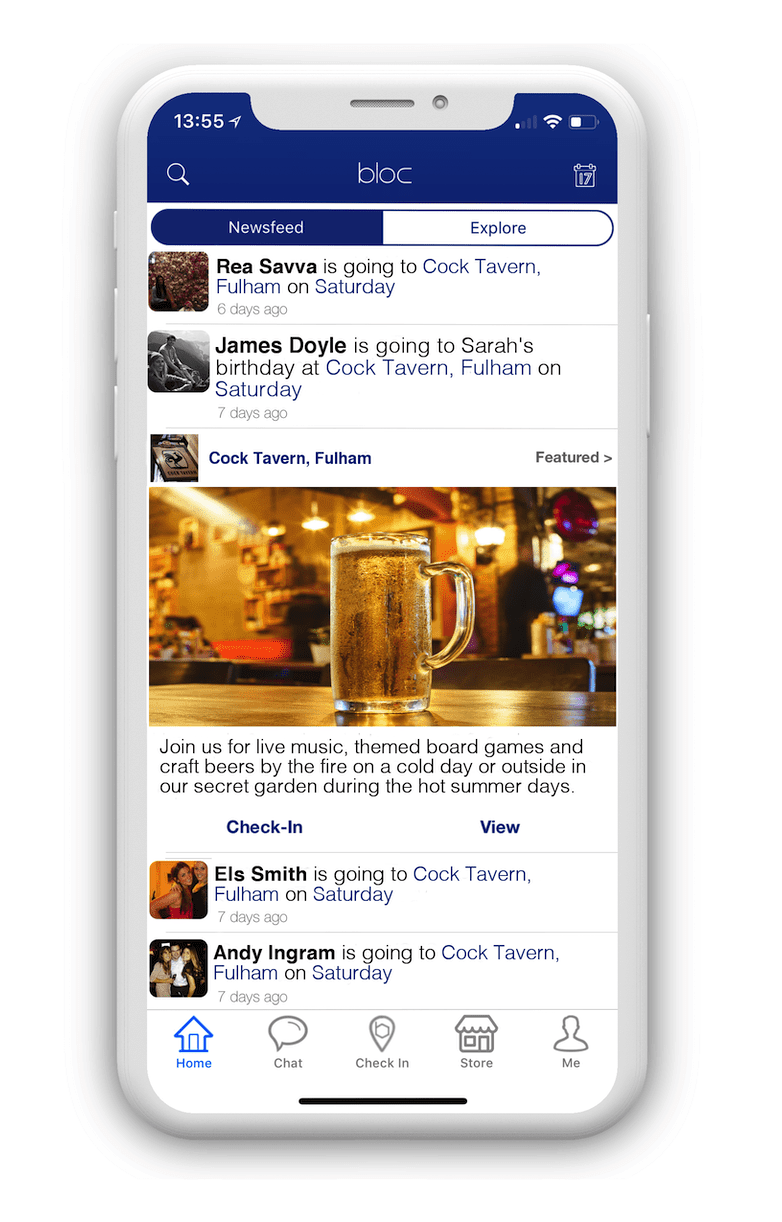Event Marketing Plan – How Do You Create an Awesome Marketing Plan?
An awesome event marketing plan is vital if an event is going to be a success.
If you fail to plan you plan to fail as they say.
Events don’t become successful overnight.
A successful event marketing plan requires an equal amount of hard work and smart work.
Right from the planning stage to the very last step of execution, everything needs to be in order.
With an effective event marketing plan in place, you can easily reach out to potential visitors and increase the headcount for the event.
Here’s how you can develop a fool proof and awesome event marketing plan.
You can jump to the sections that you want to read about by using the links below.
13 steps to devise an effective event marketing plan:
1. Identify the goal of the event
2. Identify the objective
3. Budgeting
4. Create a separate page for your event
5. Social media marketing
6. Market/customer segmentation
7. Reach out to influencers
8. Tickets and event registration
9. Give a unique face for the event
10. Email marketing
11. Get your event listed in all the free placements available
12. An after-event marketing plan
13. Establish clear metrics for success and implement robust tracking mechanisms
1. Identify the goal of the event
Each event has a different goal to achieve.
First, identify this goal and then move on with the plan.
If it’s an in-house event, the concerned authorities will help you towards your goal. But if you are an event planner and are organizing it for another company, find out the main purpose of the event.
Is the company trying to launch a new service/product or trying to rebrand their authority or conducting a how-to class or increasing the customer base or is it a success party?
You get the idea. This one-liner goal will set your event marketing plan in motion.
With that said, try adding some definition to the goal.
If you are planning to launch a new product, you set your goal to launch the new product and create awareness for the same among the target audience.
You can easily infer two things from this goal.
One, the product is new to the market and the event should somehow make the people aware of how this product is different from the competitors.
Two, there is a target audience for this product, and therefore, you want only people matching that profile to be present for the event.
2. Identify the objective
Now that you have the goal in hand, it’s time to define it even further.
You need to identify the methods by which you can make your goal a success.
For example, your goal is to increase the customer base of your newly launched product.
Then the objectives can include attracting potential customers of the age group 20 to 35, offering certain discounts to the participants to spread the word, etc.
No matter whatever the goal is, the event objective should align with the SMART criteria for the vent to be a successful one:
Specific:
The result of your objective should be specific. There shouldn’t be any generality, instead, use figures and values. Example: expecting a minimum of 500 participants belonging to the age category 20 to 35 years.
Measurable:
The goal and objectives should be defined in such a way that you can express the outcome of the event in terms of numbers.
At any point of the day, you must be able to measure the success of the event.
For example:
As of 2pm, 10 people belonging to the age group 20 to 35 have registered for the event, of which 5 have already paid the registration fees.
Achievable:
It’s great to have ambitious dreams and goals, but if you are a beginner, then don’t expect a massive turn out for your event. Set an achievable objective and then work towards it.
Relevant:
The objectives should definitely align with the long-term goals of the organization.
The ultimate purpose of the event is to draw-in valuable potential customers that can drive your organization to success. Therefore, reconsider if you think the objectives don’t align with the strategic goals of the organization.
Timely:
How long will it take for your event to achieve the objectives?
Since an event is time-bound, set the time in such a way that you expect the objective would be met in that particular time.
If you expect 100 paid registrations, then extend the registration time so that people can conveniently register for the event. Setting a time for the event and all the objectives you set before would ensure that the event runs smoothly.
3. Budgeting
Budgeting is a crucial step to devise a working event marketing plan.
Allot the budget for all the components that together make the event a success.
This includes everything from the accessories required for the event to the marketing expenses. Setting tight budget rules will help you stay within the limit and find a budget for what’s necessary for your event.
Now that you have your goal, objectives, and a budget plan in place, it’s time to start marketing your event to attain those objectives you set.
4. Create a separate page for your event
You might already be having a fully functional website for your organization. Create a separate page for your event and draw traffic into it.
Timely update even the minute details of the event so that people would know how organized you are.
You can also include some hourly deals and discount offers so that people would often come back to check if there are any offers currently running.
Also, optimize the page for the relevant keywords and attract organic traffic as well.
Implement both PPC and SEO tactics so that you get adequate visitors to the web page. Further, to make the page livelier and more interactive, you can include videos of similar events your company organized earlier to inculcate interest in the visitors.
Try including the event plan on the webpage. This will let the customers plan their schedule accordingly and show up for the event on time. A well-managed web page shows how serious you are about the event and encourages the potential customers to show up.
You could also include a timer on the web page to further build the buzz.
If you are planning on launching a new product or bringing in a new celebrity for the event, you can try to keep the identity a secret.
This instils curiosity among the audience and prompts them to show up for the event to see what the buzz is about.
But this certain tactic won’t work in the case of all the events as the goal differs for everyone.
Further, employ a chatbot or be online at all times. be there to continuously clear the queries of the visitors and resolve any problems they face with the vent registration.
Employing a chatbot would be a wise choice, as it provides assistance 24×7 with minimal conversation.
5. Social media marketing
No matter whatever the event is, you can always get some customers to show up when you market your event via different social media channels.
If it’s too hard for the marketing team to allot separate time for social media marketing, you can either assign one or two members solely for it or hire an agency.
Creating a buzz online requires some serious, smart work and can only be achieved if you have an active profile across various channels.
If you are a B2B company, then social media marketing can increase awareness and help you find the targeted professionals for your events.
If the event is B2C based, based on demographics, you can market the event to a particular location alone and thereby draw in a significant number of customers.
One way to create buzz online about the event is to jump on the trend bandwagon.
If there is any kind of trend ongoing on Twitter, Instagram, or any other social media channels, make use of the proper hashtags and draw people’s attention.
Further, you can unify your efforts under a single hashtag and urge the influencers and celebrities to use it when they talk about the event.
6. Market/customer segmentation
Market segmentation always helps to increase the turnover of the event.
Identifying the target audience and reaching out to them help bring in valuable potential customers as the main aim of every event is to lure in potential customers.
For example, the overall participation number may be 500, but most of them don’t belong to your target category, so the event can’t be termed successful.
If your event is for B2B companies, then you need to target people belonging to certain jobs and companies, just like you segregate customers based on location for a B2C event.
7. Reach out to influencers
In the era of social media, social media influencers can be the best ambassadors for your event.
As they already have a significant fan following online, you get better reach and credibility as well. select influencers based on two criteria: their target audience and their line of work.
If your event is all about launching a new beauty product, it will make much sense if you reach out to an influencer specialized in beauty and makeup.
8. Tickets and event registration
The event can either be of the open type with free entry for all or a closed one with limited passes.
Either way, you need to devise a plan to accommodate the audience.
If you are targeting a particular group, it’s best to keep tickets and ask the participants to book their slot prior. This will help you calculate the expected turnover and make arrangements as needed.
If it’s a paid event, then you can give away some free tickets online and create some contests where the winners go home with a couple of tickets.
This will help you to create a buzz online and draw your target audience’s attention.
Further, make the vent registration process seamless.
If you are planning for on-the-spot registration, there are high chances that it would go wrong and just create a mess.
If it’s online registration, people can conveniently book their slots and pay the required amount. Also, you can easily know the slots booked and the slots remaining within seconds.
9. Give a unique face for the event
Apart from influencers, you can call in prominent figures in the industry and make them the face of your event.
If the person is someone whom your target audience looks up to or connects to, then there is no better marketing tactic than this, you can knit a whole marketing plan revolving around the credibility and popularity the person has.
10. Email marketing
Email marketing isn’t outdated as you think.
It’s still very much in trend but you need to be smarter than ever if you want your target customer to open the email.
If it’s a B2B event, then email marketing would be perfect for it.
You can easily collect the email address of the potential audience and send in the personalized invite. This would increase the chance of them showing up for the event and you can easily keep a track of the expected headcount as well.
11. Get your event listed in all the free placements available
You have an event to market, so you need to get it in as many placements online as possible.
Luckily there are a lot of different places where you can list your event for free.
At Bloc we actually have two places you can market your event.
The first being Bloc Nearby. This is our blog where we post about the ‘best of everything’ e.g. ‘The Best Events Coming Up in January’.
It’s completely free to list your event on Bloc Nearby and this will drive traffic from our website to yours.
The second, which is kind of free, is Bloc for Business.
Bloc for Business is where you can advertise your event in the Bloc app within four different placements.
It’s free because you get credit for first time use and you don’t pay for impressions or clicks.
You only pay if someone checks into your event and physically attends (we track the check-ins via geo-location).
You get £150 ad credit which is 75 free customers, so you only pay if more than 75 people go.
12. An after-event marketing plan
Your job isn’t done as soon as the event finishes.
Collect the videos and photos from the night and post them on various social media channels to give the non-participants a glimpse of what they missed.
This would help you increase the turnover for the next event, and you might not have to go this hard with the marketing strategies the next time.
You can also send out live updates during the event and let the audience online know that some slots are remaining.
Live updates also help people outside that particular location know about the event and if it excites them, they are surely going to be a part of it when it happens in their locality.
Thus, a long-term vision is required when you devise a marketing plan for your event.
13. Establish clear metrics for success and implement robust tracking mechanisms
It’s not enough to simply execute the marketing plan; you need to know what’s working, what’s not, and how to improve future events.
This involves identifying key performance indicators (KPIs) that align with your event’s goals and objectives.
For example, if your goal is to increase brand awareness, you might track metrics like social media mentions, website traffic from event promotions, and media coverage.
If your goal is to drive sales, you would focus on ticket sales, lead generation, and post-event conversions.
To effectively track these metrics, you need to implement appropriate tools and systems.
This could include using website analytics platforms like Google Analytics to monitor website traffic and user behavior, social media analytics dashboards to track engagement and reach, email marketing platforms to monitor open and click-through rates, and event management software to track ticket sales and registration data.
Setting up tracking links with UTM parameters for different marketing channels allows you to accurately attribute conversions and understand which channels are driving the most valuable results.
Furthermore, regularly monitoring these metrics throughout the event lifecycle, from pre-event promotion to post-event follow-up, allows you to make data-driven adjustments to your strategy and maximize your return on investment.
Analyzing this data post-event provides valuable insights for future planning, enabling you to refine your marketing strategies, optimize resource allocation, and ultimately create even more successful events.
Summing up
Well, that’s our 11-step event marketing plan that actually works.
You can also make use of other marketing channels based on the budget and goal of the event.
Above all, don’t give up midway.
In most cases, maximum registration pours in the last few weeks before the event.
You may not be able to see the registration number going up during the initial stages. But this doesn’t mean your marketing plan is a total failure. Have patience.
You can also check out Bloc if you are looking for an alternative way of marketing you event. We reward people for checking in to venues and people can connect on the app before they go.















